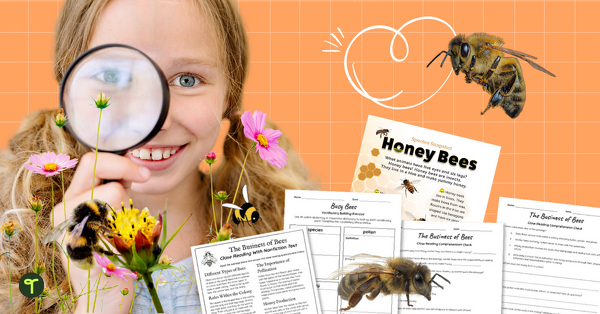When you were a kid, maybe you were taught that cones and cylinders had edges and faces? These 3D shapes haven’t changed, but the way teachers are describing them certainly has.
Here’s the deal:
In geometry, the term ‘face’ refers to a flat surface with only straight edges, as in prisms and pyramids. For example, a cube has six faces.

But when you take a look at a cone or a cylinder, you’ll notice there are more than just straight edges. These objects sport curves, which technically are not classified as faces. Even the flat surfaces with curved boundaries — yup, the kind you see in cones and cylinders — are not faces.

So what about edges? In geometry, the term “edge” refers to the interval (straight line) formed where two faces of a three-dimensional object meet. Cones and cylinders don’t have faces, so they can’t have edges! They don’t have vertices either (but that’s a whole other story).







Comments